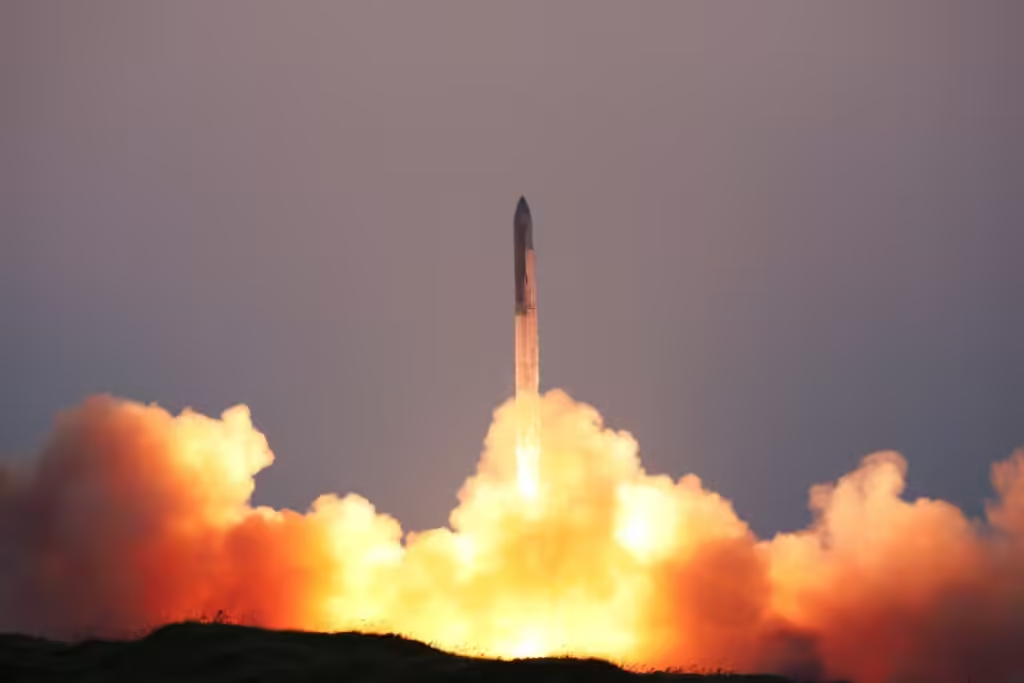
In today’s exciting news, SpaceX achieved yet another successful rocket launch, marking a significant moment in their ongoing mission to expand global satellite internet coverage. The Falcon 9 Block 5 rocket lifted off from Vandenberg Space Force Base in California at 08:21 UTC, deploying a new batch of Starlink satellites into low Earth orbit. This launch is part of the Starlink mega-constellation initiative, aimed at providing high-speed broadband connectivity across the globe, even in remote areas.
Details of the Launch and Mission Objectives
The payload for this launch consisted of a group of Starlink satellites. These compact satellites, weighing about 260 kg each, were deployed approximately one hour after liftoff. Starlink Group 9-7 is one of several planned launches scheduled for this month, with additional missions lined up from multiple locations worldwide【5】【7】.
The launch featured another successful first-stage recovery, as the Falcon 9 booster landed safely on SpaceX’s autonomous drone ship, “Of Course I Still Love You,” stationed in the Pacific Ocean. This recovery is part of SpaceX’s broader strategy to reuse rocket stages to reduce the costs associated with spaceflight.
SpaceX’s Increasing Launch Frequency
This launch comes amid a busy schedule for SpaceX, which aims to complete multiple launches in quick succession to build out its Starlink network. The company has already announced additional launches for later this month, with the next mission slated for October 20, 2024【6】【7】.
Each batch of satellites deployed enhances the network’s capacity and coverage, contributing to faster internet speeds and increased reliability for users across rural and underserved regions. With this mission, the total number of Starlink satellites in orbit exceeds 5,000, solidifying SpaceX’s dominance in the commercial satellite internet industry.
International Developments in the Launch Landscape
Today’s launch isn’t the only significant event in the space industry. China also conducted two launches on October 15, deploying payloads using its Long March 6A and Long March 4C rockets from Taiyuan and Jiuquan Satellite Launch Centers, respectively. The increasing pace of international launches underscores the growing competitiveness in the space sector, as both private companies and government agencies work to meet scientific, commercial, and military goals【6】【7】.
Conclusion
SpaceX’s latest launch marks another milestone in its quest to build a space-based broadband infrastructure and represents the growing momentum in the global space race. With multiple missions planned for the coming weeks, the space industry is poised to witness a flurry of activity, highlighting humanity’s relentless push toward the stars.









Leave a Reply